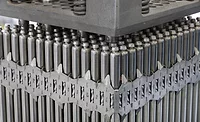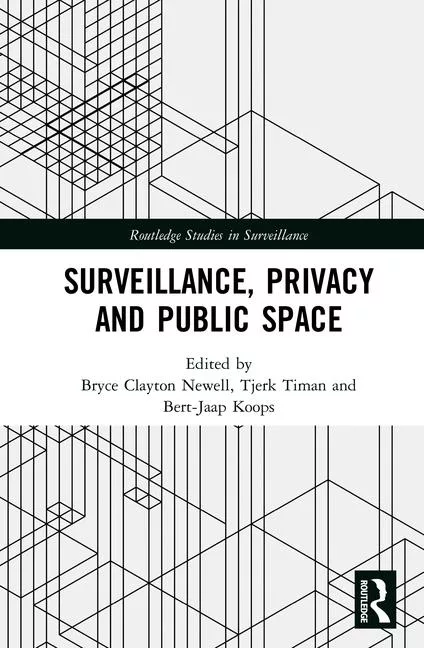76% of North American Public Safety Agencies will have Implemented New 9-1-1 Technologies in 2017

Stratus Technologies, Inc., a provider of continuous availability solutions, revealed the results of its fourth annual Public Safety Answering Point (PSAP) Survey.
The annual survey revealed trends consistent with past reports regarding concerns about downtime and disaster preparedness, as downtime continues to be a significant concern for PSAPs. For some of the largest emergency call centers, each growing minute of downtime can result in an additional missed 9-1-1 call, or up to 57 missed calls per hour. Luckily, awareness of this situation is growing as interest in or adoption of the NG9-1-1 initiative to upgrade the nation's emergency response infrastructure has skyrocketed -- growing from 47% of respondents from Stratus' 2012 survey to 76% of its 2016 respondents. This increased interest in next-gen solutions, however, has not produced a parallel trend of increased trust in cloud or virtualization solutions. In fact, 67% of respondents reported they have no cloud plans at all, and 40% reported no plans to virtualize.
"The fundamental 24/7/365 service level requirement of our nation's emergency call centers cannot be put at risk by system downtime, and PSAPs have communicated that year after year," says EJ Schmidt, Vice President - Global and Corporate Marketing, Stratus Technologies. "As we watch the market move toward more connected systems driven by trends such as the Internet of Things and we progress toward adoption of NG9-1-1, it's become all that much more important to have the infrastructure in place to ensure continuous application availability. When lives are at stake, disaster recovery procedures aren't enough; prevention of any potential outages with fault-tolerant technologies is a necessary step PSAPs need to be taking."Key findings:
Downtime is consistently top-of-mind for PSAPs, with fault-tolerant or high availability solutions leading the way for mitigating risk
- Nearly half (47%) of PSAPs reported two or more incidents in the last 12 months
- 25% of respondents reported the average outage duration to be over one hour
- 70% of those using high availability solutions kept incidents down to one or zero a year
- 37% of PSAPs with fault-tolerant servers survived the year with zero downtime
NG9-1-1 is progressing full steam ahead
- 76% of respondents have NG9-1-1 underway or on their radar, compared to 47% in 2012
- Overall, 49% of PSAPs forecast implementation in the next twelve months
Cloud and virtualization may be a bit further down the road for PSAPs
- Adoption in the high-stakes PSAP environment is low compared to the enterprise environment that has fully embraced the cloud and virtualization
- 67% of respondents have no cloud plans at all; and among those who do, only a quarter (24%) trust the cloud for critical applications
- 40% of respondents have no plans in place to virtualize; while 62% of those currently running virtualization still experience downtime events exceeding 15 minutes -- indicating that virtualization alone is not really resolving the downtime issue, and is the reason why employing complementary high availability or fault tolerant technologies is important
Little improvement in disaster preparedness and recovery over previous year
- 18% of PSAPs have no formalized disaster recovery or contingency plan in place (down from 19% last year)
- 20% of respondents do not have a secondary location in case of a catastrophic outage or natural disaster (no change from last year)
Looking for a reprint of this article?
From high-res PDFs to custom plaques, order your copy today!






